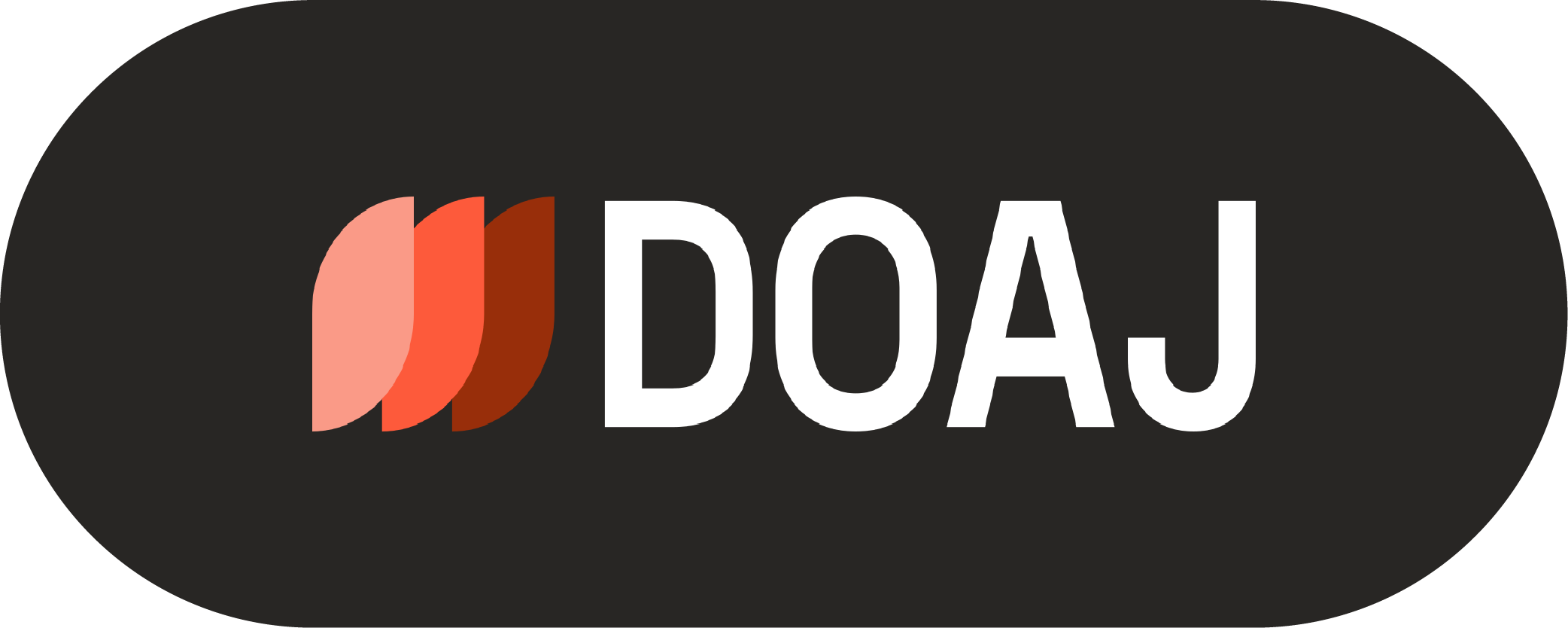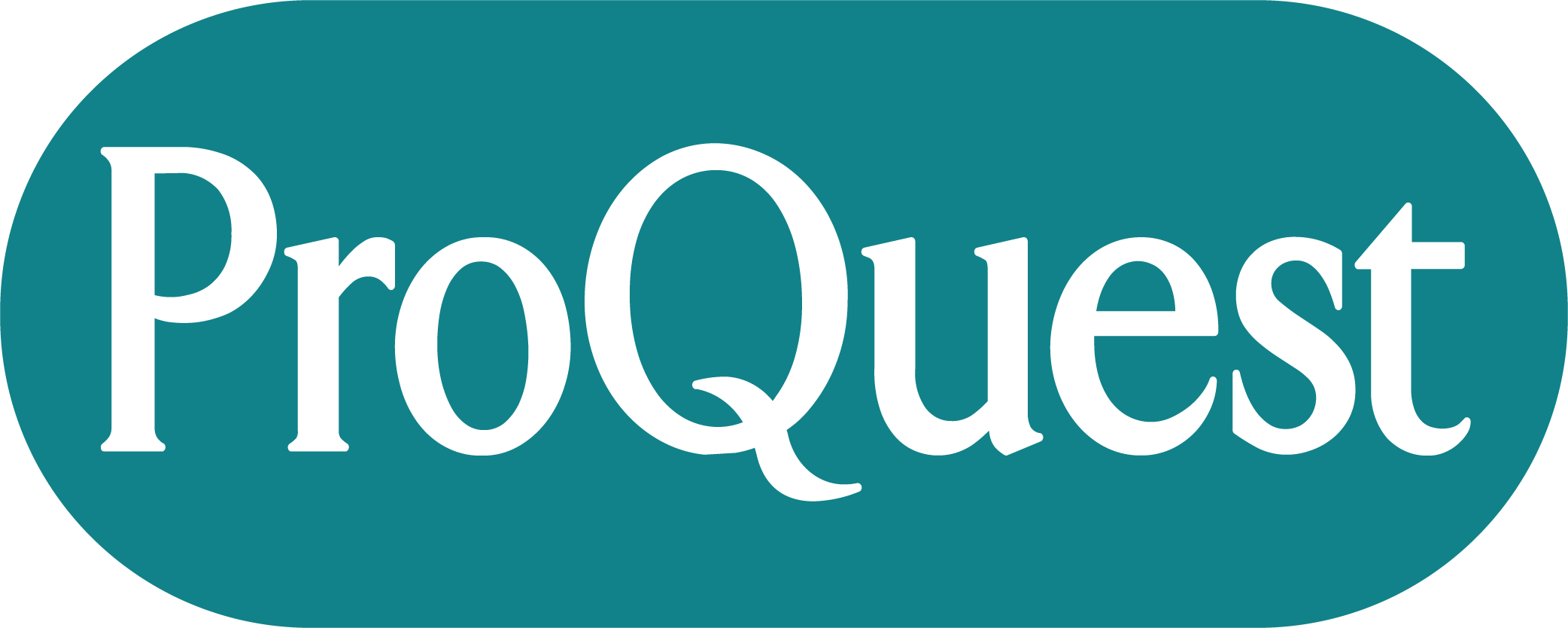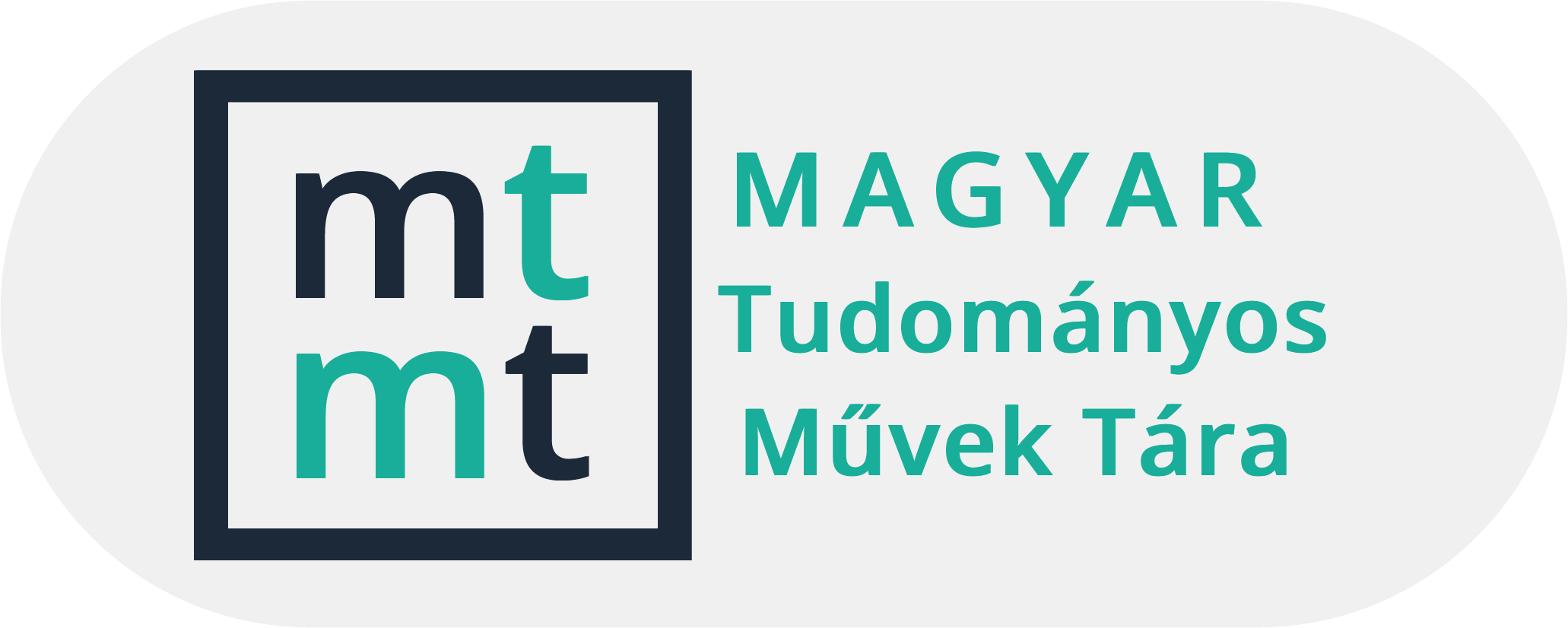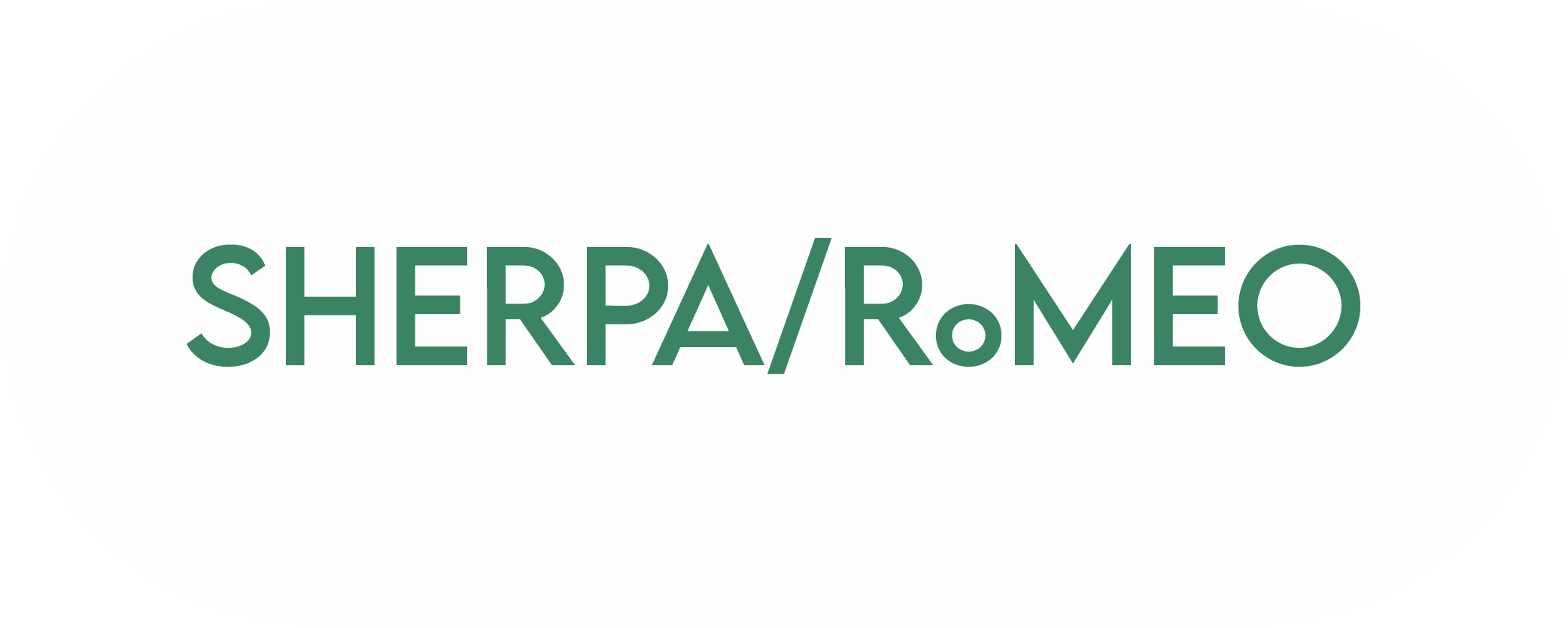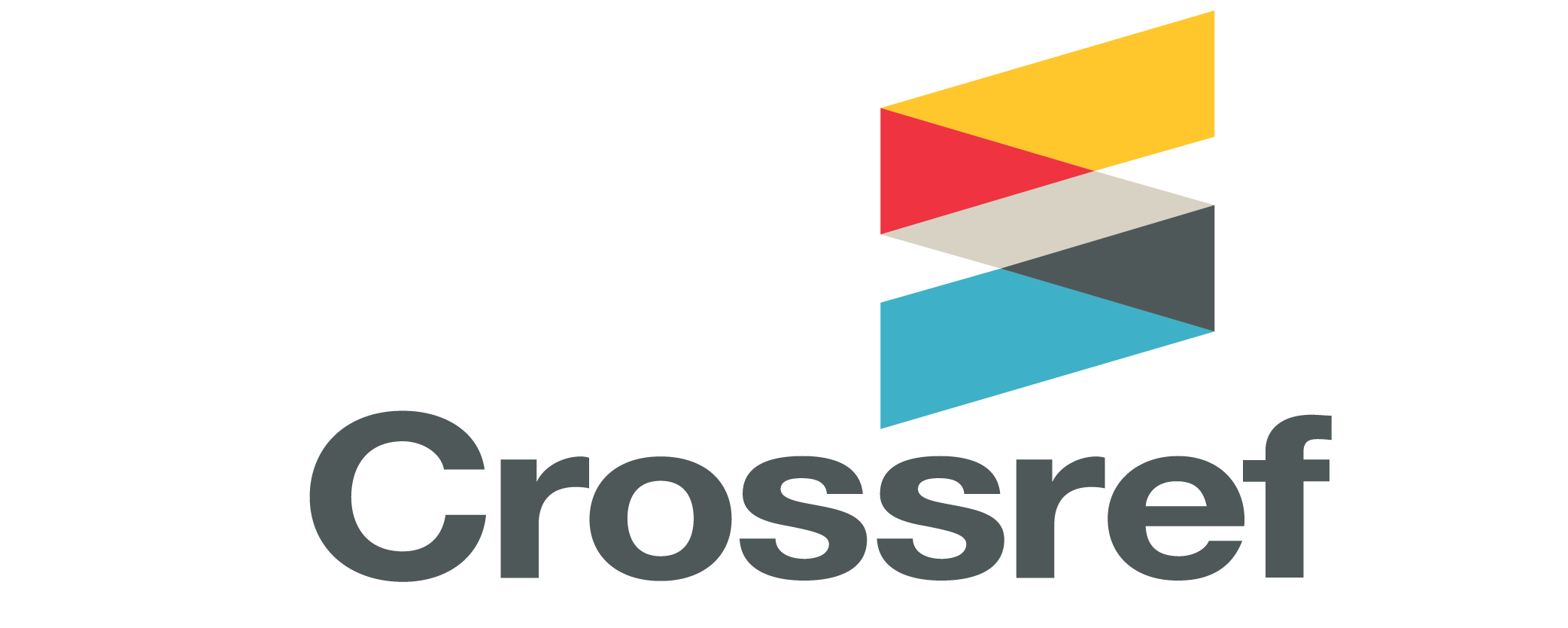Search
Search Results
-
A role of geometry in the frame of competencies attainment
41-55Views:112We discuss aspects of the Education Reform from teaching to educational system. In this context we recognize some problems in recognition of some competencies that students need to achieve and we present how we have developed the measurement method of spatial abilities and problem solving competence. Especially, we investigate how students use spatial visualization abilities in solving various problems in other mathematical course. We have tested how students use their spatial abilities previously developed in geometry courses based on conceptual approach to solve a test based on procedural concept in Mathematical Analysis course. -
Report of Meeting Researches in Didactics of Mathematics and Computer Sciences: January 24-26, 2020 Sárospatak, Hungary
243-271Views:195The meeting Researches in Didactics of Mathematics and Computer Sciences was held in Sárospatak, Hungary, on the Comenius Campus of the Eszterházy Károly University, from the 24th to the 26th of February, 2020. It was organized by the Doctoral School of Mathematical and Computational Sciences of University of Debrecen and the Eszterházy Károly University. The 76 participants – including 15 PhD students – came from 9 countries, 23 cities and represented 33 institutions of higher and secondary education. There were 4 plenary, 48 session talks and 4 poster presentations in the program.
-
Report of Conference XL. National Conference on Teaching Mathematics, Physics and Computer Science August 22-24, 2016 Székesfehérvár, Hungary
259-276Views:100The XL. National Conference on Teaching Mathematics, Physics and Computer Sciences (MAFIOK) was held in Székesfehérvár, Hungary between 22 and 24 August, 2016 at the Alba Regia Technical Faculty of Óbuda University. For the three-day event, more than 80 persons were registered and more than 40 lectures were given. The fortieth anniversary scientific conference was designed for researchers and teachers in mathematics, physics and informatics to promote modern and efficient education in higher education, and through poster presentations and personal meetings to exchange experience. The opening ceremony of the conference followed by the three plenary lectures took place at the ceremonial hall of the Town Hall. ... -
On the relationship between Mathematics- and Computer Science Education
15-34Views:169In the first half of the paper, the profile of the two scientific disciplines of Mathematics Education and Computer Science Education is traced. In Mathematics Education, the description has been given in a short longitudinal section of its preying cornerstones since the beginning of the 1960s. In Computer Science Education, this is done through the description of an emancipatory science that has been taking place since the beginning of the 1990s. The second half of the contribution, with the discussion of the different perspectives of the two disciplines on the common topics of modeling and competence models, finally leads to the identification of the two disciplines as two autonomous and independent sciences.
-
Integrating Didactic Games in Higher Education: Benefits and Challenges
1-15Views:784In our paper, we study the reasons for the introduction of didactic games and the way of their application in higher education, especially in teaching mathematics. After describing the main characteristics and needs of Generation Z students, we outline the advantages and drawbacks of gamification and game-based learning, followed by some new aspects to their classification. The idea of device-based grouping arose because the most commonly used methods require IC tools. Gen Zs naturally accept gamified learning materials available on digital and mobile platforms, but we must not forget about traditional games either. In higher education, especially in the case of small-group teaching there should also be room for traditional, specialized didactic games, of which we focus on the benefits of card games.
Subject Classification: 97C70, 97D20, 97D40, 97U70
-
Nice tiling, nice geometry!?!
269-280Views:100The squared papers in our booklets, or the squared (maybe black and white) pavements in the streets arise an amusing problem: How to deform the side segments of the square pattern, so that the side lines further remain equal (congruent) to each other? More precisely, we require that each congruent transformation of the new pattern, mapping any deformed side segment onto another one, leaves the whole (infinitely extended) pattern invariant (unchanged).
It turns out that there are exactly 14 types of such edge-transitive (or so-called isotoxal) quadrangle tilings, sometimes with two different forms (e.g. black and white) of quadrangles (see Figure 2). Such a collection of tiling can be very nice, perhaps also useful for decorative pavements in streets, in flats, etc.
I shall sketch the solution of the problem that leads to fine (and important) mathematical concepts (as barycentric triangulation of a polygonal tiling, adjacency operations, adjacency matrix, symmetry group of a tiling, D-symbol, etc). All these can be discussed in an enjoyable way, e.g. in a special mathematical circle of a secondary school, or in more elementary form as visually attractive figures in a primary school as well.
My colleague, István Prok [11] developed an attractive computer program on the Euclidean plane crystallographic groups with a nice interactive play (for free download), see our Figures 3-5.
A complete classification of such Euclidean plane tilings (not only with quadrangles) can be interesting for university students as well, hopefully also for the Reader (Audience). This is why I shall give some references, where you find also other ones.
Further problems indicate the efficiency of this theory now. All these demonstrate the usual procedure of mathematics and the (teaching) methodology as well: We start with a concrete problem, then extend it further, step-by-step by creating new manipulations, concepts and methods. So we get a theory at certain abstraction level. Then newer problems arise, etc.
This paper is an extended version of the presentation and the conference paper [7]. The author thanks the Organizers, especially their head Professor Margita Pavlekovic for the invitation, support and for the kind atmosphere of the conference. -
Designing a 'modern' abacus for early childhood mathematics
187-199Views:93In this paper, the design of a multi-material, the 'modern' abacus ('modabacus'), for developing early childhood mathematics, is proposed. Presenting the main theories for the design of educational materials as well as similar materials and their educational use, it appears that a new material is needed. The 'modabacus' would be an apparatus which could serve as a multi-material for acting out mathematical tasks as well as a material that could hopefully overcome the limits and restrictions of traditional abacuses and counting boards. -
Preliminary e ects of mathematics curriculum development for primary school student teachers in Sárospatak Comenius Campus
95-107Views:119Hungarian students' mathematics performance has been getting weaker in the past few years. A possible solution to stop this tendency is to develop curriculum. Therefore, Hungarian researchers have been refining a particular framework of curriculum development in primary school teacher training programmes. The national curriculum is designed on the assumption that learning can be broken into a sequence of levels and students can evenly succeed in gaining knowledge at successive levels. In this paper, we want to discuss how to reduce students' difficulties with different background to grow competence at successive levels. -
The mathematics teacher trainee as an assistant teacher
295-306Views:105The experiment described in the article aims to answer two needs at once: that of assistant teachers in schools, and that of a more practical training of mathematics teachers. The answer suggested is a model of school experience where mathematics teacher trainees work as assistant teachers in schools. An attempt to realize this model is described, and it is evaluated positively. -
A Nim like game and a machine that plays it: a learning situation at the interface of mathematics and computer science
317-326Views:266The purpose of this work is to take a didactic look at a learning situation located at the interface between mathematics and computer science. This situation offers a first approach to the concept of artificial intelligence through the study of a reinforcement learning device. The learning situation, inspired by the Computer Science Unplugged approach, is based on a combinatorial game, along with a device that learns how to play this game. We studied the learning potential when the human players face the machine. After an a priori analysis using the Theory of Didactic Situations (TDS), we conducted a pre-experiment in order to strengthen our hypotheses. In this article, we will focus on the analysis of the didactic variables, the values we have chosen for these variables and their effects on students’ strategies.
Subject Classification: 97D99, 97K99, 97P80
-
Teaching of old historical mathematics problems with ICT tools
13-24Views:149The aim of this study is to examine how teachers can use ICT (information and communications technology) tools and the method of blended learning to teach mathematical problem solving. The new Hungarian mathematics curriculum (NAT) emphasizes the role of history of science, therefore we chose a topic from the history of mathematics, from the geometry of triangles: Viviani's Theorem and its problem field. We carried out our teaching experiments at a secondary school with 14-year-old students. Students investigated open geometrical problems with the help of a dynamic geometric software (GeoGebra). Their research work was similar to the historical way. -
Comparing the IT skills and the programming knowledge of Hungarian students specialized in informatics with Romanian students attending a science course or a mathematics-informatics course
21-40Views:115The goal of this research is an analysis of the IT skills and programming knowledge of Hungarian and Romanian students attending a Science course or a Mathematics-Informatics course. Analysed was how effectively can students from different grades answer questions dealing with different subjects. After having evaluated the test results correctness of the original presumption emerged. Significance level was 5% through the analysis. Significant divergency in knowledge of Hungarian students and Romanian students of Humanities (Profil Uman) was found in 11th and 12th grades too. Romanian students attending a science course (Profil Real) and a Mathematics-Informatics course scored higher in programming than their Hungarian counterparts specialized in Informatics in the 11th grade. After the evaluation a final conclusion can be made: Romanian students of the Real Profile have the same or more practice in programming than Hungarian students specialized in Informatics, though the latters have the same or better IT skills. Unfortunately, Hungarian teachers concentrate on word processing and spreadsheet calculation and teach programming just for the students specialized in Informatics, although algorithm thinking would be important for every student before finishing secondary school. -
The "Teaching Mathematics and Computer Science" Journal logo's mathematical background
55-65Views:53In the present contribution we give an elementary technology for drawing the geodesics, paracycles and hypercycles on the pseudosphere. -
Dynamic methods in teaching geometry at different levels
1-13Views:107In this paper we summarize and illustrate our experiences on DGS-aided teaching geometry of the courses "Computer in mathematics" and "Mathematical software" held for students at Juhász Gyula Teacher Training College of University of Szeged. Furthermore, we show examples from our grammar school experiences too. The figures in this paper were made by using Cinderella ([19]) and Euklides ([21]). -
Integrating elements of data science into high-school teaching: Naïve Bayes-classification algorithm and programming in Python
307-316Views:213Probability theory and mathematical statistics are traditionally one of the most difficult chapters of mathematics to teach. One of the authors, Péter Princz has experience in teaching various topics via computer programming of the problem at hand as a class activity. The proposed method is to involve programming as a didactic tool in hard-to-teach topics. The intended goal in this case is to implement a naïve Bayes-classifier algorithm in Python and demonstrate the machine-learning capabilities of it by applying it to a real-world dataset of edible or poisonous mushrooms. The students would implement the algorithm in a playful and interactive way. The proposed incremental development process aligns well with the spirit of Tamás Varga who considered computers as modern tools of experimental problem solving as early as in the 1960s.
Subject Classification: 97D40, 97D50, 97K50, 97K99, 97M60, 97P40, 97P50, 97U50
-
Report of Conference XXXIX. National Conference on Teaching Mathematics, Physics and Computer Science-August 24-26, 2015 Kaposvár, Hungary
309-331Views:70The XXXIX. National Conference on Teaching Mathematics, Physics and Computer Sciences (MAFIOK) was held in Kaposvár, Hungary between 24 and 26 August, 2015 at the Faculty of Economic Sciences of Kaposvár University. It was organized by the Department of Mathematics and Physics. The 67 participants – including 5 invited lecturers and 54 lecturers – came from 5 countries and represented 16 institutions of higher education. -
Comparison of teaching exponential and logarithmic functions based on mathematics textbook analysis
297-318Views:114Exponential and logarithmic functions are key mathematical concepts that play central roles in advanced mathematics. Unfortunately these are also concepts that give students serious difficulties. In this paper I would like to give an overview – based on textbook analysis – about the Hungarian, Austrian and Dutch situation of teaching exponential and logarithmic functions. This comparison could also provide some ideas for Hungarian teachers on how to embed this topic in their practice in another more "realistic" way. -
Categorising question question relationships in the Pósa method
91-100Views:184The doctoral research of the author – with a reverse didactic engineering (RDE) methodology – aims at reconstructing the theoretical background of the ‘intuitively developed’ Pósa method for inquiry-based learning mathematics (IBME) in Hungarian talent education. Preliminary results of the second step of this theorization is presented, which applies tools of the Anthropological Theory of the Didactic (ATD). A model is proposed for categorizing question-question relationship with 3 categories: helping question, follow-up question and question of a kernel. The first two of them are claimed to represent two types (relevant or not) of generating-derived questions relationship. The model is also a prospective tool for connected task- and curriculum design and analysis within IBME development.
Subject Classification: 97D20, 97D40, 97D50, 97E50, 97K30
-
Game theory for managers and mechanical manager students
73-91Views:113In this article we describe the second part of a case study, in which 48 Mechanical Management students were involved. The participants of the case study were MSc level students at Szent István University, Gödöllő.
In the case study we looked for methods by which we can support the most important components of competence motivation and the development of mathematical and other key competences during the mathematics lessons and individual learning.
Another goal of our research was to get reliable information about students learning methods and their awareness of self-efficiency, furthermore their achievement in the subject of Engineering and Economic Mathematics.
Detailed assistance was provided for the students in the e-learning portal. Knowledge tests, questionnaire and personal interviews with the students were also used.
During the semester four topics have been discussed: linear programming, graph theory, game theory and differential equations. In this article I will describe the lesson preparations, the help for examinations and the students' achievement on game theory. -
Report of conference XXXVIII. National Conference on Teaching Mathematics, Physics and Computer Sciences: August 25-27, 2014 Pécs, Hungary
281-303Views:89The XXXVIII. National Conference on Teaching Mathematics, Physics and Computer Sciences (MAFIOK) was held in Pécs, Hungary between 25 and 27 August, 2014 at the Pollack Mihály Faculty of Engineering and Information Technology. It was organized by the Engineering Mathematics Department. The 65 participants – including 4 invited lecturers and 53 lecturers – came from 2 countries and represented 14 institutions of higher education. -
A proposed application of Monte Carlo method in teaching probability
37-42Views:114Pupils' misconception of probability often results from lack of experience. Combining the concept of probability and statistics, the proposed application is intended for the teachers of mathematics at an elementary school. By reformulating the task in the form of an adventure, pupils examine a mathematical problem, which is too difficult for them to solve by combinatorial method. By recommending the simulation of the problem, we have sought to provide pupils with valuable experience of experimenting, recording and evaluating data. -
Report on the First Central- and Eastern European Conference on Computer Algebra- and Dynamic Geometry Systems in Mathematics Education, 20-23 June, 2007, Pécs, Hungary
409-413Views:106The Department of Mathematics of the University of Pécs, Pollack Mihály Engineering Faculty organized in the year 2007 a conference on the role of CAS and DGS in the Mathematics education. We discuss the conference's activities. -
Apollonea.com project: integrating geometry and collaboration in education
183-194Views:19This article presents the Apollonea.com project, which aims to make the solutions to Apollonius’ problems accessible to students and teachers through modern technology. The web platform contains more than 150 interactive constructions created by students using GeoGebra, allowing for dynamic manipulation and visualization of solutions to various variants of Apollonius’ problems. The project combines classical geometric problems with an interdisciplinary approach, teamwork, and the use of modern technology. The article describes the process of developing the Apollonea.com website, the use of GeoGebra in the project, the structure and functions of the website, and its educational benefits in enhancing students’ geometric skills. The project demonstrates how traditional mathematics education can be connected with modern ICT tools.
Subject Classification: 97U50, 97G40, 51M04, 68U05
-
Teaching undergraduate mathematics - a problem solving course for first year
183-206Views:179In this paper we describe a problem solving course for first year undergraduate mathematics students who would be future school teachers.
Subject Classification: 97B50, 97B70, 97D50, 97D60, 97F60, 97U30
-
Some Remarks on History of Mathematical Problem Solving
51-64Views:111In this contribution, it is our goal is to look on history of mathematics as a resource for a long-term study of mathematical problem solving processes and heuristics. In this way we intend to get additional information, e. g., about heuristics which proved to be extremely successful to create new mathematics. "Changing representation" and "false position" are examples of such strategies, which are illustrated by concrete examples to demonstrate the use for classroom teaching and teacher education. Our methods are based on hermeneutic principles.
